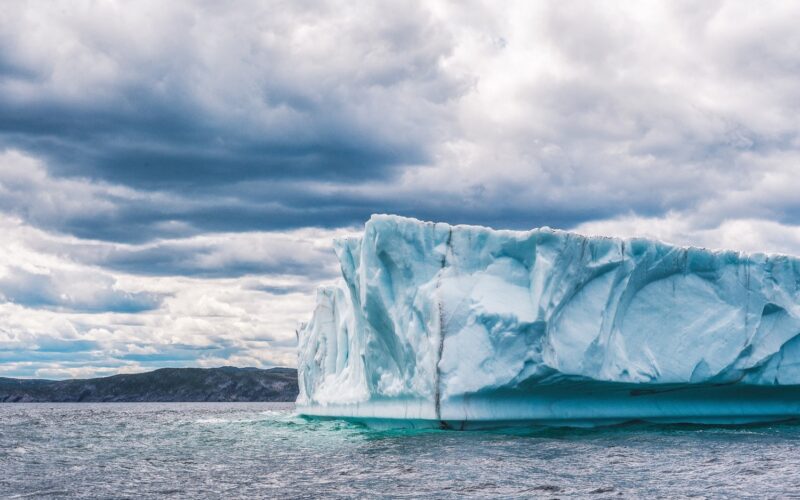The challenges posed by global warming are greater than ever. Scientists worry that under the influence of global warming, the ice layer will gradually thaw, and these ancient viruses will bring new types of infectious diseases, which will become a hidden danger for future epidemics.
Taipei, Taiwan (Business Northeast) – Ancient viruses are hidden in permafrost. According to the research reported by the British “IFLScience”, French scientists have discovered an ancient virus frozen in Siberia’s permafrost for as long as 48,000 years, and successfully thawed the virus and put it into amoebae to observe its vitality. It was found that it can invade cells and continuously replicate and divide. Scientists worry that under the influence of global warming if the ice layer thaws, these ancient viruses will bring large-scale unknown new infectious diseases, becoming a hidden danger for future epidemics.
The research team was led by Jean-Michel Claverie, professor emeritus of Aix-Marseille Université in France, including professional scientists from France, Germany, and Russia, who went to the permafrost region of Siberia to collect samples. They have successfully identified and revived several ancient viruses lurking in the permafrost, among which the youngest virus has been frozen for 27,000 years, and the oldest virus has been frozen for 48,500 years, which is the oldest virus revived in the current world record.
The oldest virus samples were collected from permafrost 16 meters below the surface of Lake Yukechi Alas in Yakutia, Russia located in the permafrost zone. Yakutia is one of the coldest areas in the world. The winter lasts for 6 months, and the lowest temperature can reach minus 50 degrees Celsius. The ancient virus discovered this time belongs to the Pandoravirus type, which is much larger than most known viruses, with a diameter of up to 1 micron, and can infect amoebae and single-celled organisms.
Pandoravirus is a giant virus. When it was first discovered, due to its large size, it was mistaken for a small bacterium. Its diameter can reach 1 micron, which is about 1 thousand nanometers, while other traditional viruses have a diameter of about 10 nanometers to 500 nanometers, so it’s really huge in comparison.
In addition to the oldest virus from under Lake Yakutia, the youngest virus this time was taken from the feces and hair of mammoths frozen for 27,000 years. Three new viruses were resurrected from the mammoths, named Pithovirus mammoth, Pandoravirus mammoth, and Megavirus mammoth. Two new viruses, Pacmanvirus lupus, and Pandoravirus lupus were also found in the stomach of Siberian gray wolves.
The researchers dubbed these viruses zombie viruses because even though they had been frozen for tens of thousands of years, after restoring their pathogens, they were still able to invade the living cells of the amoeba, replicate and divide. This means that they are still highly contagious and have a certain chance of developing into infectious pathogens. Although it is uncertain what impact it will have on humans, it is bound to spread infection between certain species, causing a large epidemic and a potential threat to human health.
The research team believes that the virus they are currently studying is mainly infecting amoeba protozoa, and has low direct invasiveness to animals and humans. However, global warming will lead to the melting of permafrost on a larger scale, allowing more ancient viruses and infectious disease pathogens to wake up. If viruses that can spread between animals, plants, or humans are released, there will be unpredictable consequences. This is also a real threat that has evolved under the transformation of the environment.
At present, about a quarter of the bottom of the northern hemisphere is permafrost. With the increase of a large number of greenhouse gases such as carbon dioxide and methane, the problem of global warming has been exacerbated, resulting in the continuous shrinking of the ice layer in the northern and southern hemispheres. Infectious organic microorganisms will be released from the permafrost. How much impact these unknown viruses will have on the earth, animals, plants, and humans is still unknown. We must treat this issue with caution and care for the earth and environment.










